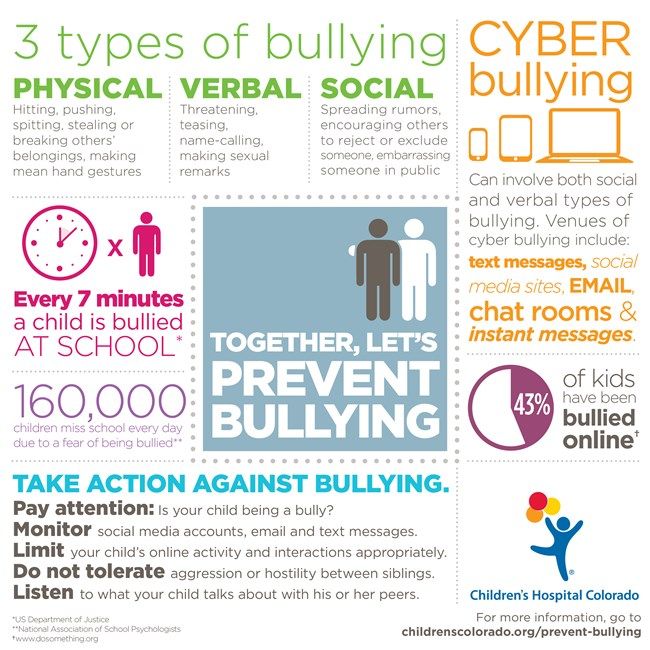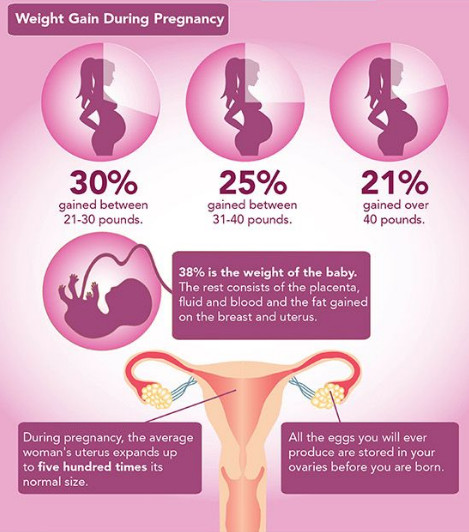11 month old baby weight
Average baby weight: Chart and development
Weight is one indicator of good nutrition and physical development. It can therefore be helpful to know about babies’ average weight month by month.
First, it is worth noting that average weight is not “normal” weight. Just like adults, babies come in all shapes and sizes. If a baby’s weight is in a lower percentile, this does not necessarily signal a problem with their growth or physical development. With this in mind, using a weight chart can help a person generally track their baby’s growth.
The Centers for Disease Control and Prevention (CDC) recommend using the World Health Organization (WHO) weight chart for babies up to 2 years of age.
This article describes the average weight of a baby month by month from birth. It also explores what can affect a baby’s weight.
According to the WHO, the average birth weight of a full-term male baby is 7 pounds (lb) 6 ounces (oz), or 3.3 kilograms (kg). The average birth weight of a full-term female is 7 lb 2 oz, or 3. 2 kg.
The average weight of a baby born at 37–40 weeks ranges from 5 lb 8 oz to 8 lb 13 oz. This is 2.5 to 4 kg.
At delivery, experts consider a low birth weight to be less than 5 lb 8 oz, or 2.5 kg.
It is common for babies to lose around 10% of their weight shortly after birth. This decrease is mostly due to fluid loss and usually nothing to worry about. Most babies gain back this weight within 1 week.
Weight charts can help a person tell what percentile their baby’s weight falls into. For example, if their weight is in the 60th percentile, it means that 40% of babies of the same age and sex weigh more, and 60% of these babies weigh less.
This does not necessarily mean that any baby weighs too much or too little. It can simply indicate where a baby’s weight falls on a spectrum.
The chart below shows baby weights in the 50th percentile. This is the average weight. Male babies tend to weigh a little more than female babies, so the chart is divided by sex.
| Baby age | Female 50th percentile weight | Male 50th percentile weight |
| Birth | 7 lb 2 oz (3.2 kg) | 7 lb 6 oz (3.3 kg) |
| 1 month | 9 lb 4 oz (4.2 kg) | 9 lb 14 oz (4.5 kg) |
| 2 months | 11 lb 5 oz (5.1 kg) | 12 lb 4 oz (5.6 kg) |
| 3 months | 12 lb 14 oz (5.8 kg) | 14 lb 1 oz (6.4 kg) |
| 4 months | 14 lb 3 oz (6.4 kg) | 15 lb 7 oz (7.0 kg) |
| 5 months | 15 lb 3 oz (6.9 kg) | 16 lb 9 oz (7.5 kg) |
| 6 months | 16 lb 1 oz (7.3 kg) | 17 lb 8 oz (7.9 kg) |
| 7 months | 16 lb 14 oz (7.6 kg) | 18 lb 5 oz (8.3 kg) |
| 8 months | 17 lb 8 oz (7.9 kg) | 18 lb 15 oz (8.6 kg) |
| 9 months | 18 lb 2 oz (8.2 kg) | 19 lb 10 oz (8.9 kg) |
| 10 months | 18 lb 11 oz (8.5 kg) | 20 lb 3 oz (9.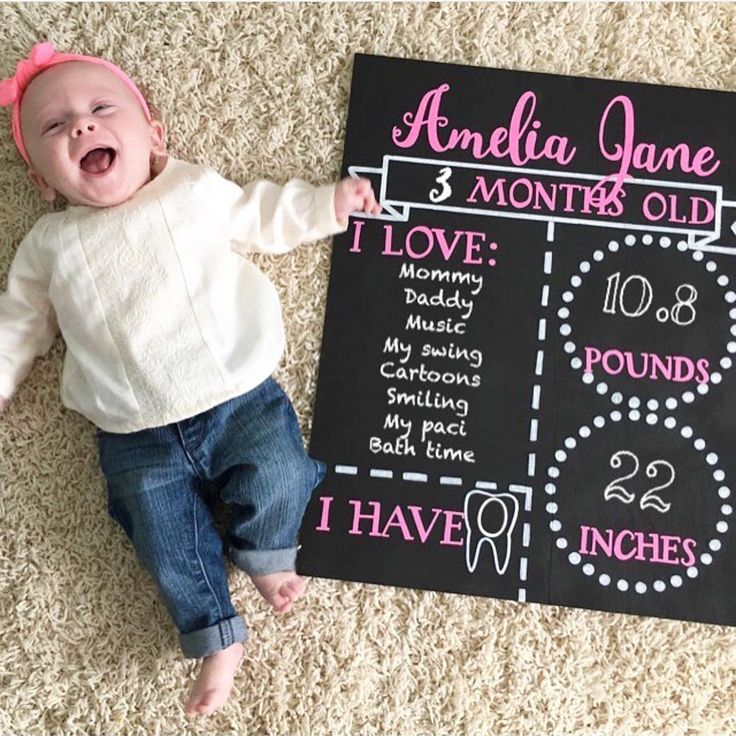 2 kg) 2 kg) |
| 11 months | 19 lb 4 oz (8.7 kg) | 20 lb 12 oz (9.4 kg) |
| 12 months | 19 lb 12 oz (8.9 kg) | 21 lb 4 oz (9.6 kg) |
Babies grow and gain weight the fastest within the first 6 months of life. Although this can vary, babies tend to gain around 4–7 oz, or 113–200 grams (g), per week in the first 4–6 months.
Weight gain then slows slightly, with an average gain of around 3–5 oz (about 85–140 g) per week when the baby is 6–18 months. On average, babies triple their birth weight by their first birthday.
Growth patterns do not follow a clear schedule, however.
Some babies gain weight steadily and stay in the same percentile, or close to it, for several months. Others gain weight rapidly, signalling a growth spurt, which can happen at any time. This may move a baby into a new weight percentile.
It is important not to focus on weight as the only indicator of physical development. Other measurements of this development include the baby’s length and head circumference.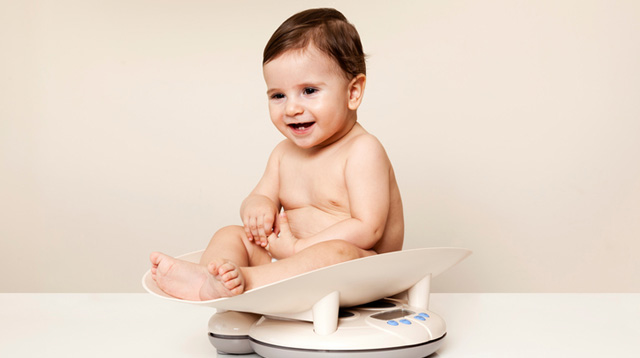
Considering all three measurements gives doctors an idea about how the baby is growing, compared with other babies of the same age and sex.
Meanwhile, it is also important to keep other developmental milestones in mind. Various checklists of milestones by age are available, including one from Pathways.org, which is endorsed by organizations such as the American Academy of Pediatrics and the National Association of Pediatric Nurse Practitioners.
For anyone looking for more information about what influences the weight of a baby, several factors can be involved, including:
Sex
Male newborns tend to be bigger than female newborns, and they typically gain weight a little faster during infancy.
Nutrition
Weight gain and growth rates can also depend on whether the baby consumes breast milk or formula.
The American Academy of Pediatrics notes that breastfed babies gain weight and grow faster than formula-fed babies during the first 6 months.
However, that rate can shift during the next 6 months.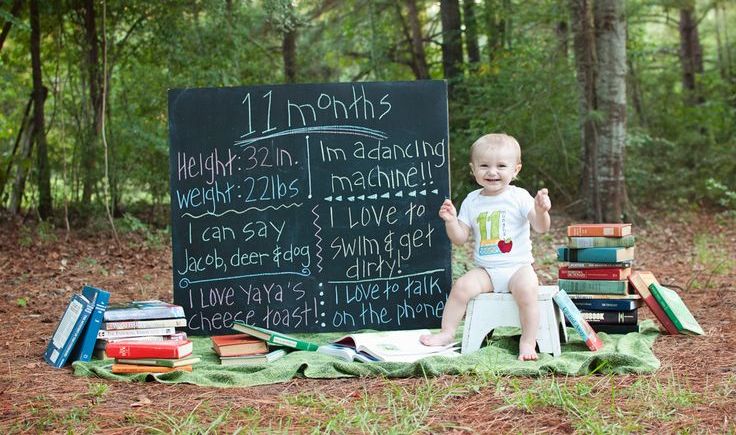 Breastfed babies may gain weight and grow more slowly than formula-fed babies when they are aged 6 months to 1 year.
Breastfed babies may gain weight and grow more slowly than formula-fed babies when they are aged 6 months to 1 year.
Medical conditions
Underlying health issues can cause a baby to gain weight more slowly. For example, babies with congenital heart irregularities may gain weight at a slower rate than babies without this condition.
Health issues that affect nutrient absorption or digestion, such as celiac disease, may also lead to slow weight gain.
Prematurity
Babies born prematurely may grow and gain weight more slowly during their first year than babies born at full term.
However, many babies born prematurely gain weight rapidly and “catch up” by about their first birthday.
The average birth weight for full-term male babies is 7 lb 6 oz, or 3.3 kg. For female babies born full-term, the average birth weight is 7 lb 2 oz, or 3.2 kg.
Baby weight charts can help a healthcare team track a baby’s physical development by comparing the baby’s weight with the weights of others of the same age and sex.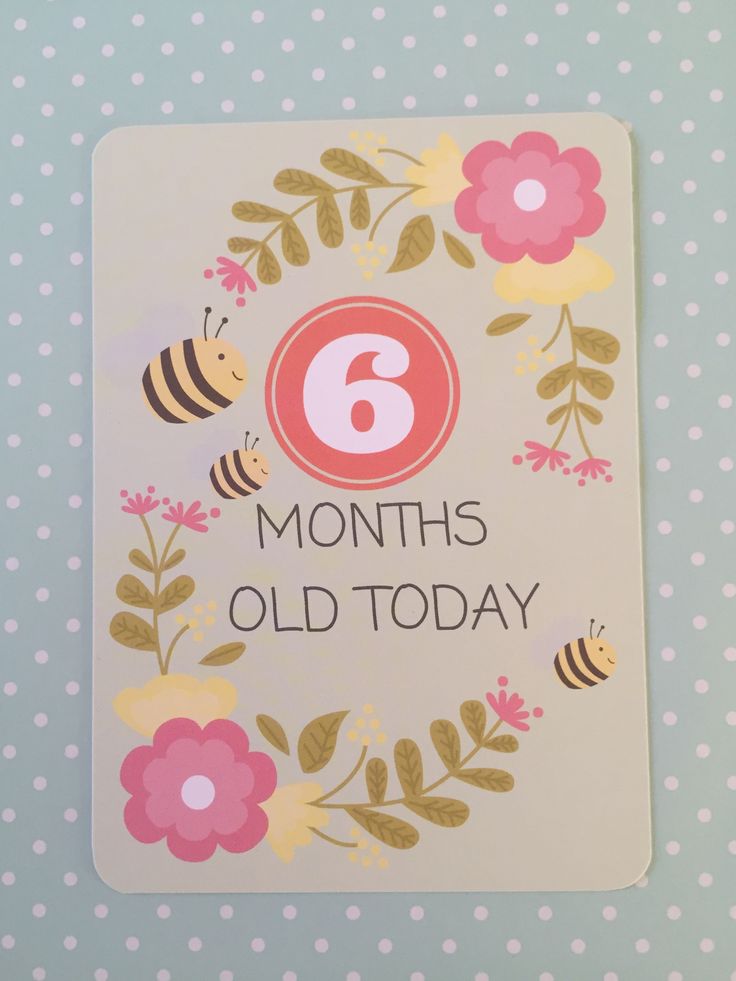
Still, a doctor usually looks for steady growth, rather than a target percentile, when assessing a baby’s physical development. And even if a baby’s weight is in a lower percentile, they will not necessarily be a small adult — just as longer babies do not necessarily become tall adults.
Knowing about average weights by month can help people gauge their babies’ physical development, but doctors also look for other important indicators, such as length and head circumference.
Healthcare professionals also take into account whether a baby is generally hitting other milestones on time. And by taking a detailed medical history, they can rule out any medical conditions or nutritional considerations that may be preventing a baby from gaining weight appropriately.
Average baby weight: Chart and development
Weight is one indicator of good nutrition and physical development. It can therefore be helpful to know about babies’ average weight month by month.
First, it is worth noting that average weight is not “normal” weight.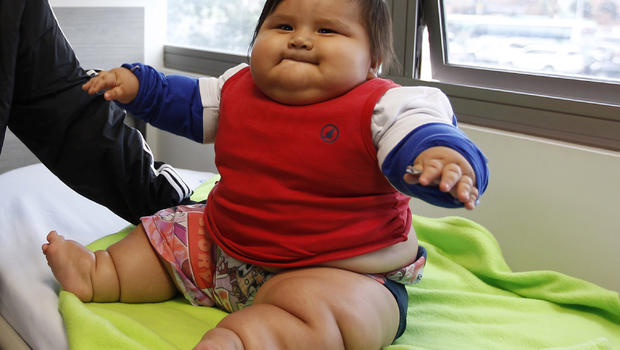 Just like adults, babies come in all shapes and sizes. If a baby’s weight is in a lower percentile, this does not necessarily signal a problem with their growth or physical development. With this in mind, using a weight chart can help a person generally track their baby’s growth.
Just like adults, babies come in all shapes and sizes. If a baby’s weight is in a lower percentile, this does not necessarily signal a problem with their growth or physical development. With this in mind, using a weight chart can help a person generally track their baby’s growth.
The Centers for Disease Control and Prevention (CDC) recommend using the World Health Organization (WHO) weight chart for babies up to 2 years of age.
This article describes the average weight of a baby month by month from birth. It also explores what can affect a baby’s weight.
According to the WHO, the average birth weight of a full-term male baby is 7 pounds (lb) 6 ounces (oz), or 3.3 kilograms (kg). The average birth weight of a full-term female is 7 lb 2 oz, or 3.2 kg.
The average weight of a baby born at 37–40 weeks ranges from 5 lb 8 oz to 8 lb 13 oz. This is 2.5 to 4 kg.
At delivery, experts consider a low birth weight to be less than 5 lb 8 oz, or 2.5 kg.
It is common for babies to lose around 10% of their weight shortly after birth. This decrease is mostly due to fluid loss and usually nothing to worry about. Most babies gain back this weight within 1 week.
This decrease is mostly due to fluid loss and usually nothing to worry about. Most babies gain back this weight within 1 week.
Weight charts can help a person tell what percentile their baby’s weight falls into. For example, if their weight is in the 60th percentile, it means that 40% of babies of the same age and sex weigh more, and 60% of these babies weigh less.
This does not necessarily mean that any baby weighs too much or too little. It can simply indicate where a baby’s weight falls on a spectrum.
The chart below shows baby weights in the 50th percentile. This is the average weight. Male babies tend to weigh a little more than female babies, so the chart is divided by sex.
| Baby age | Female 50th percentile weight | Male 50th percentile weight |
| Birth | 7 lb 2 oz (3.2 kg) | 7 lb 6 oz (3.3 kg) |
| 1 month | 9 lb 4 oz (4.2 kg) | 9 lb 14 oz (4.5 kg) |
| 2 months | 11 lb 5 oz (5. 1 kg) 1 kg) | 12 lb 4 oz (5.6 kg) |
| 3 months | 12 lb 14 oz (5.8 kg) | 14 lb 1 oz (6.4 kg) |
| 4 months | 14 lb 3 oz (6.4 kg) | 15 lb 7 oz (7.0 kg) |
| 5 months | 15 lb 3 oz (6.9 kg) | 16 lb 9 oz (7.5 kg) |
| 6 months | 16 lb 1 oz (7.3 kg) | 17 lb 8 oz (7.9 kg) |
| 7 months | 16 lb 14 oz (7.6 kg) | 18 lb 5 oz (8.3 kg) |
| 8 months | 17 lb 8 oz (7.9 kg) | 18 lb 15 oz (8.6 kg) |
| 9 months | 18 lb 2 oz (8.2 kg) | 19 lb 10 oz (8.9 kg) |
| 10 months | 18 lb 11 oz (8.5 kg) | 20 lb 3 oz (9.2 kg) |
| 11 months | 19 lb 4 oz (8.7 kg) | 20 lb 12 oz (9.4 kg) |
| 12 months | 19 lb 12 oz (8.9 kg) | 21 lb 4 oz (9.6 kg) |
Babies grow and gain weight the fastest within the first 6 months of life. Although this can vary, babies tend to gain around 4–7 oz, or 113–200 grams (g), per week in the first 4–6 months.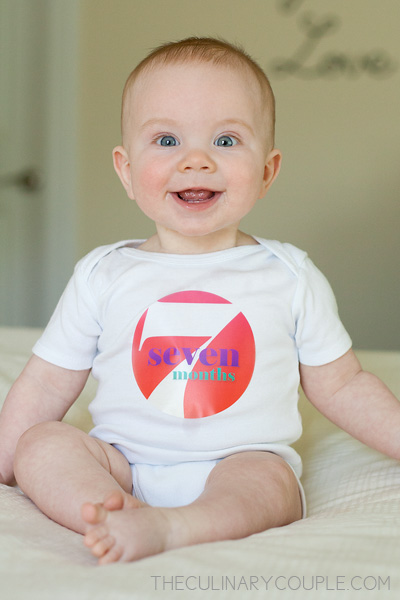
Weight gain then slows slightly, with an average gain of around 3–5 oz (about 85–140 g) per week when the baby is 6–18 months. On average, babies triple their birth weight by their first birthday.
Growth patterns do not follow a clear schedule, however.
Some babies gain weight steadily and stay in the same percentile, or close to it, for several months. Others gain weight rapidly, signalling a growth spurt, which can happen at any time. This may move a baby into a new weight percentile.
It is important not to focus on weight as the only indicator of physical development. Other measurements of this development include the baby’s length and head circumference.
Considering all three measurements gives doctors an idea about how the baby is growing, compared with other babies of the same age and sex.
Meanwhile, it is also important to keep other developmental milestones in mind. Various checklists of milestones by age are available, including one from Pathways.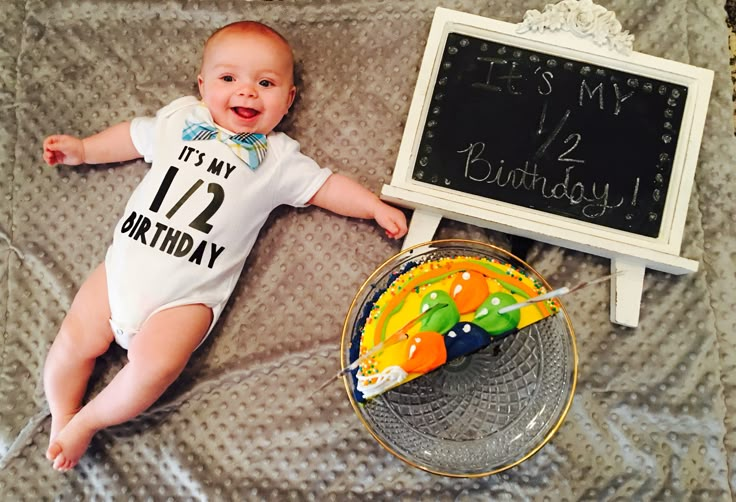 org, which is endorsed by organizations such as the American Academy of Pediatrics and the National Association of Pediatric Nurse Practitioners.
org, which is endorsed by organizations such as the American Academy of Pediatrics and the National Association of Pediatric Nurse Practitioners.
For anyone looking for more information about what influences the weight of a baby, several factors can be involved, including:
Sex
Male newborns tend to be bigger than female newborns, and they typically gain weight a little faster during infancy.
Nutrition
Weight gain and growth rates can also depend on whether the baby consumes breast milk or formula.
The American Academy of Pediatrics notes that breastfed babies gain weight and grow faster than formula-fed babies during the first 6 months.
However, that rate can shift during the next 6 months. Breastfed babies may gain weight and grow more slowly than formula-fed babies when they are aged 6 months to 1 year.
Medical conditions
Underlying health issues can cause a baby to gain weight more slowly. For example, babies with congenital heart irregularities may gain weight at a slower rate than babies without this condition.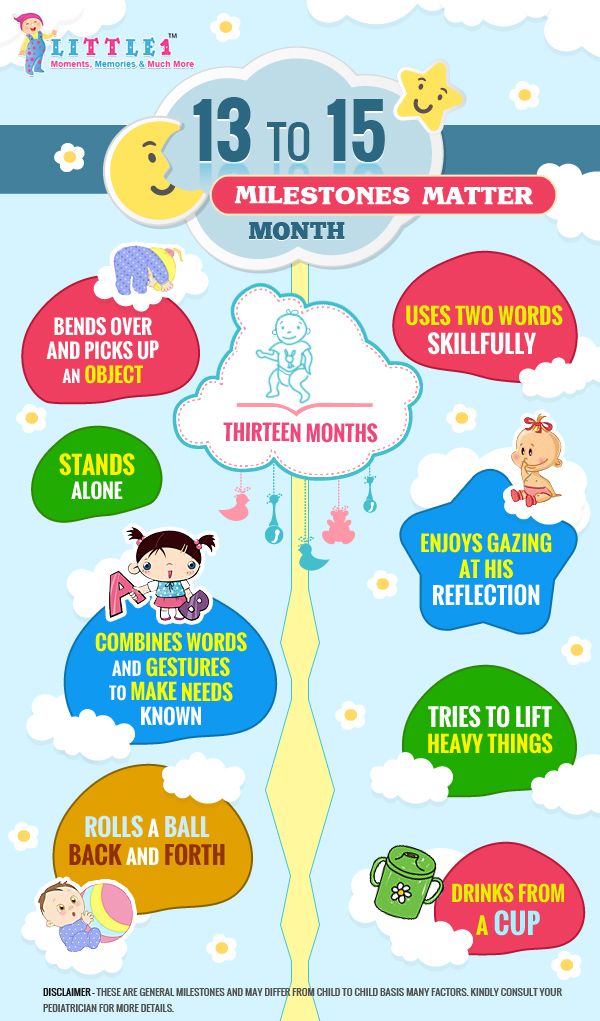
Health issues that affect nutrient absorption or digestion, such as celiac disease, may also lead to slow weight gain.
Prematurity
Babies born prematurely may grow and gain weight more slowly during their first year than babies born at full term.
However, many babies born prematurely gain weight rapidly and “catch up” by about their first birthday.
The average birth weight for full-term male babies is 7 lb 6 oz, or 3.3 kg. For female babies born full-term, the average birth weight is 7 lb 2 oz, or 3.2 kg.
Baby weight charts can help a healthcare team track a baby’s physical development by comparing the baby’s weight with the weights of others of the same age and sex.
Still, a doctor usually looks for steady growth, rather than a target percentile, when assessing a baby’s physical development. And even if a baby’s weight is in a lower percentile, they will not necessarily be a small adult — just as longer babies do not necessarily become tall adults.
Knowing about average weights by month can help people gauge their babies’ physical development, but doctors also look for other important indicators, such as length and head circumference.
Healthcare professionals also take into account whether a baby is generally hitting other milestones on time. And by taking a detailed medical history, they can rule out any medical conditions or nutritional considerations that may be preventing a baby from gaining weight appropriately.
Child at 11 months care and nutrition - development of a child at 11 months
The development of a child at 11 months is at an interesting stage when he can already learn about the world around him. At this time, most babies take their first steps, begin to get acquainted with the potty and learn to speak the first simple words. At the same time, the development process of the child always takes place individually. If for some parameter it is slightly behind or ahead of the schedule, you should not worry.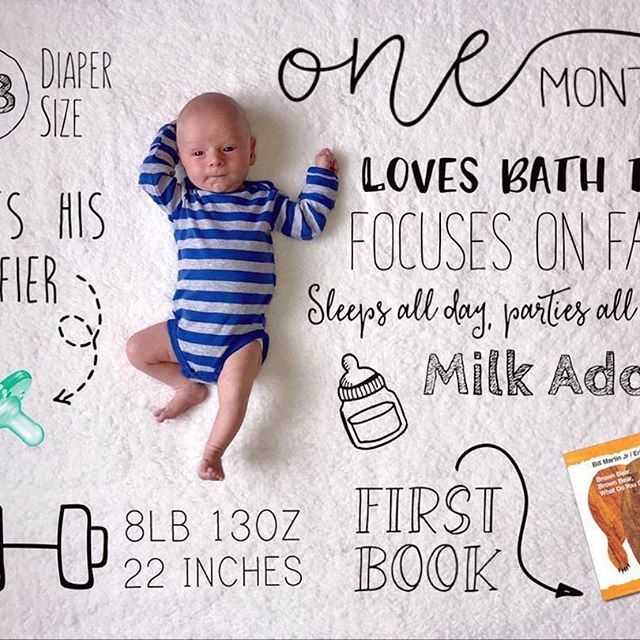
Height and weight
At this stage, the baby is about 20 cm taller than it was at birth. So, if the first measurement in life showed 50-55 cm, then closer to the year the height should be 70-80 cm. For girls, the normal range is 67-78 cm, for boys - 70-79 cm. In this case, one should take into account genetics. If the parents are tall, then the child will be ahead of the growth rate, if they are low, they will lag behind a little.
Cuffed jumpsuit
from 1190 ₽ 536 ₽
62-92 cm / 2-24 months
High waist dress
from 1490 ₽ 1043 ₽
80-92 cm / 9-24 months
nine0008 Baby cardiganfrom 590 ₽ 295 ₽
56-92 cm / 1-24 months
Normal weight by 11 months for girls ranges from 7 to 11. 2 kg., For boys - 7.6-11.7 kg. This variation is explained by differences in growth. The greater the growth of the child, the greater the norm of his body weight.
2 kg., For boys - 7.6-11.7 kg. This variation is explained by differences in growth. The greater the growth of the child, the greater the norm of his body weight.
Other parameters of physical development by 11 months of age. nine0003
- 1 to 4 teeth. Ideally, if the two lower incisors begin to grow first. Occasionally, the upper incisors grow first. Behind the lower ones, the upper incisors peck. If there are already four teeth, then they are located two on each jaw. However, if there are more or no teeth at all, this is not considered a deviation. Your doctor may recommend dietary adjustments. Much depends on genetic predisposition.
- Head circumference - 44-46 cm. Depending on the height, this parameter varies. nine0032
- Chest circumference - 48-49 cm. Weight is also taken into account here. It is important to make sure that all parts of the body develop in proportion.
What a child should be able to do by 11 months
At this time, the child is already confidently standing on his feet, holding an adult's hand or a support.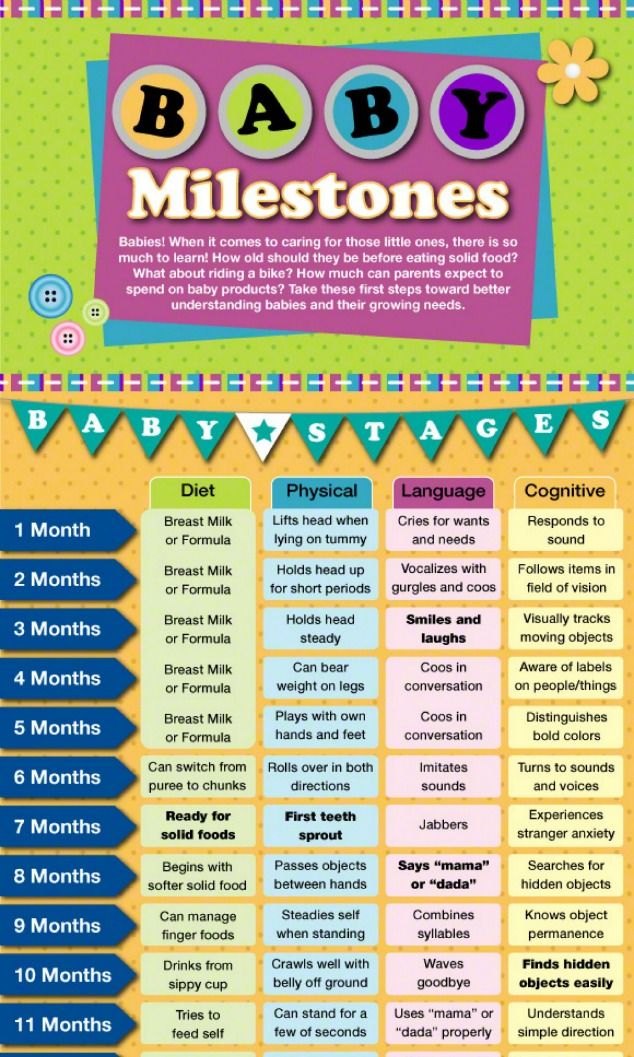 Most toddlers, especially boys, walk short distances by leaning on walls, furniture, or a wheelchair toy. Some take several steps in a row without support. Sometimes they need to hold a toy in their hands to maintain balance. With difficulty, the child sits down from a standing position. nine0003
Most toddlers, especially boys, walk short distances by leaning on walls, furniture, or a wheelchair toy. Some take several steps in a row without support. Sometimes they need to hold a toy in their hands to maintain balance. With difficulty, the child sits down from a standing position. nine0003
Crawling is confident and fast thanks to well-developed muscles. An eleven-month-old child sits for a long time, confidently, without using support under his back.
The child's hands are well developed. Wanting to grab an object, he opens his palm according to its size. Picking up small items is not difficult. Many babies point to things that interest them with their fingers. During the game, they put the cubes one on top of the other, build the simplest figures from toys.
Skills of independent nutrition are gradually formed. The baby is already holding the cup with both hands and drinking from it. Holding a spoon in one hand, he scoops up food and brings it to his mouth. Even in the absence of teeth, eleven-month-old babies can eat some dishes from the common table. They easily chew and swallow soft food and food cut into small pieces. nine0003
They easily chew and swallow soft food and food cut into small pieces. nine0003
Level of mental and intellectual development
At this age, boys and girls speak the first simple words of one or two syllables: “give”, “mama”, etc. They learn new words by listening to adults and repeating after them. The child understands speech well, adequately responds to requests and questions. Can respond in monosyllables, nod or turn his head. Speech is mostly slurred, understandable only to relatives. Over time, it will become cleaner, but so far the main task is not the purity of pronunciation, but the development of new words. In addition to speech, onomatopoeia appears. The child, as best he can, copies the barking of a dog, the meow of a cat and other sounds that he hears every day. nine0003
Games become more difficult, plots appear: rocking a doll, feeding a teddy bear, transporting toys on a truck, etc. It is important to pay maximum attention to this moment. Through role-playing games, kids learn to interact with other people, learn the rules of communication. There are differences in the behavior of boys and girls. Therefore, it is necessary to play with a child already at the age of eleven months. In games with parents, stormy fun is manifested, a desire to play along with an adult.
There are differences in the behavior of boys and girls. Therefore, it is necessary to play with a child already at the age of eleven months. In games with parents, stormy fun is manifested, a desire to play along with an adult.
The relationship between the child and the mother is greatly enriched with emotions, the first attempts are made to manipulate the parents. Some fake crying to appease their mom, get what they want, or just to hang out. This is easy to understand by the absence of tears on the face.
Character is formed closer to the year. The child persistently repeats what does not work out, and when success is achieved, he waits for praise. Mom may notice that he is trying to make her laugh during the game, to arouse approval and please. By this age, ingenuity is also manifested, the child, with the help of one object, pushes other things from a chair or table, turns the box over, shaking out the toys. nine0003
By the age of eleven months, the ability to concretize and generalize information becomes noticeable.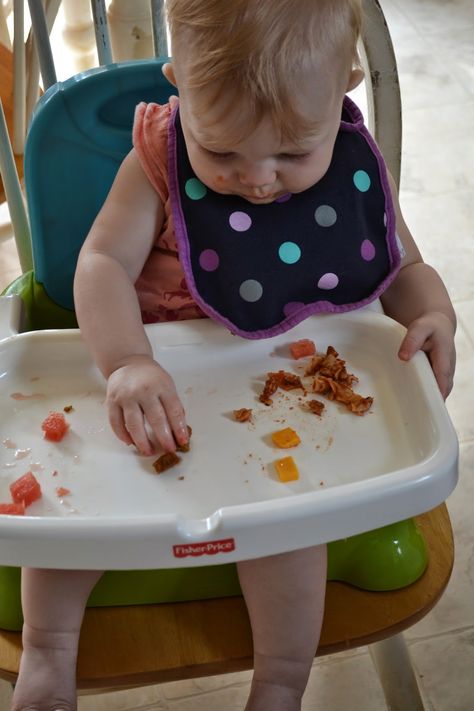 So, at the request to bring the ball, the child will choose any of several lying nearby. But if the kid is asked to choose a big ball of a certain color, he completes the task. Sometimes the processing of information occurs according to its own logic, incomprehensible to adults.
So, at the request to bring the ball, the child will choose any of several lying nearby. But if the kid is asked to choose a big ball of a certain color, he completes the task. Sometimes the processing of information occurs according to its own logic, incomprehensible to adults.
An eleven-month-old child can already be potty trained. Some get used to this procedure in one to two months. But if the child does not want to go to the potty, you cannot force him - perhaps the necessary changes in the brain have not yet occurred. nine0003
Daily routine
By 11 months the child's daily routine is formed. If necessary, it can be adjusted, but this should be done gently, without stress for a small organism. It is already possible to determine biorhythms: a lark or an owl.
At this time, the child needs approximately 14 hours of sleep per night. 10 hours falls on night sleep, the remaining 4 - on the day. Walking doctors recommend twice a day. With the right choice of time for a walk, the child actively walks and has fun in nature for some time, then sleeps sweetly in the stroller. nine0003
nine0003
The average daily routine of an 11-month-old baby is shown in the table.
| 8.00 | Getting up, washing, brushing teeth, breakfast |
| 9.00 nine0003 | Educational games, massage, gymnastics |
| 11.00 | Walk on the street, in the frosty season - on the balcony nine0076 |
| 13. | Dinner |
| 14.00 | Dream nine0003 |
| 16.30 | Light afternoon snack |
| 17.00 | nine0002 Reading fairy tales, quiet games |
| 18. | Walk |
| 19.30 nine0003 | Dinner |
| 20.30 | Bath, getting ready for bed |
| nine0002 21.00 | Evening tales and sleep |
Nutrition for an 11-month-old baby
The body of the child at this stage of life is already ready to absorb most foods.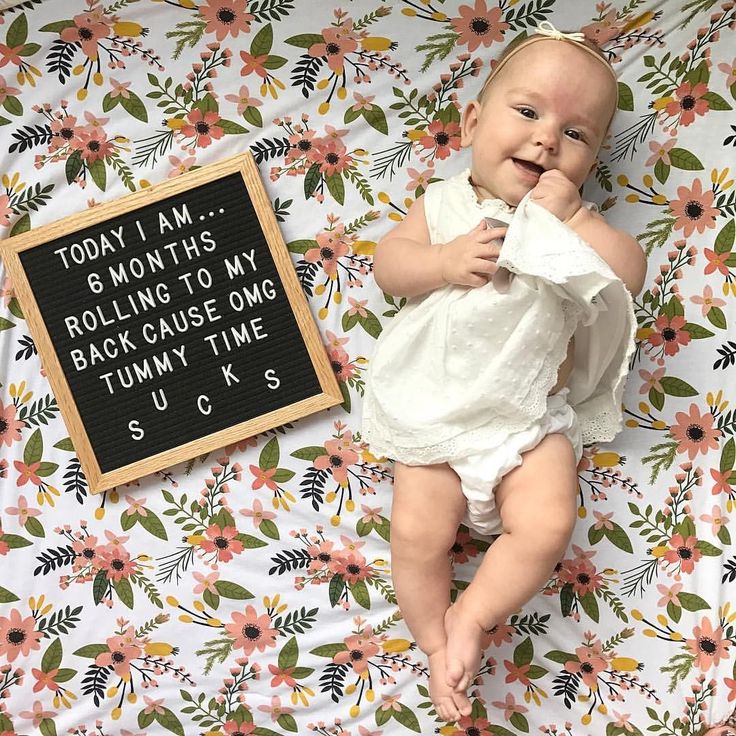 At the same time, the basis of the baby's area should remain milky. This is breast milk or formula number 2. A serving of milk or a milk drink is about 200 grams. nine0003
At the same time, the basis of the baby's area should remain milky. This is breast milk or formula number 2. A serving of milk or a milk drink is about 200 grams. nine0003
The correct dosage can be determined by dividing the child's body weight in kilograms by 9. On average, the daily amount of food is 1000-1200 ml.
The child's menu must include the following items:
- breast milk or adapted formula;
- porridge with cow's or goat's milk;
- vegetable and fruit salads, puree;
- butter and vegetable oil; nine0031 cottage cheese;
- kefir;
- boiled meat;
- juices;
- crackers and biscuits;
- fish puree;
- wheat bread.
- Baby food no longer needs to be pureed. It is enough to chop boiled vegetables with a fork, grate fresh fruits. Meat and fish can be given in very small pieces.
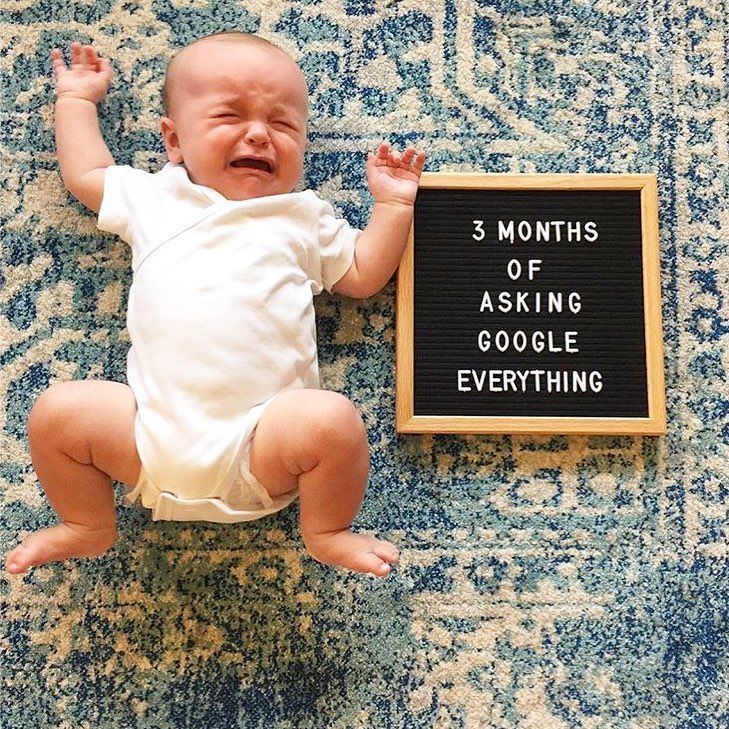 The size of the pieces depends on the number of teeth. nine0037
The size of the pieces depends on the number of teeth. nine0037 - Injuries and stress due to falls. When learning to walk, babies often fall. This is dangerous due to physical and psychological trauma, due to which some of them give up trying to walk upright. A fallen child needs to be quickly calmed and distracted, it is impossible to leave one in the room. In case of injuries, it is necessary to carefully monitor the emotional and physical state of the baby. If the injury is serious, it should be taken to the doctor outside the examination schedule. nine0032
- Refusal of non-homogenized food. Some babies choke on food that contains pieces. If for this reason the baby refused such food, you cannot force him. Maybe he can't chew yet, or his gums hurt from cutting teeth. It is better to offer food in pieces gradually, but for the moment this action should be postponed.
- Reluctance to eat certain foods.
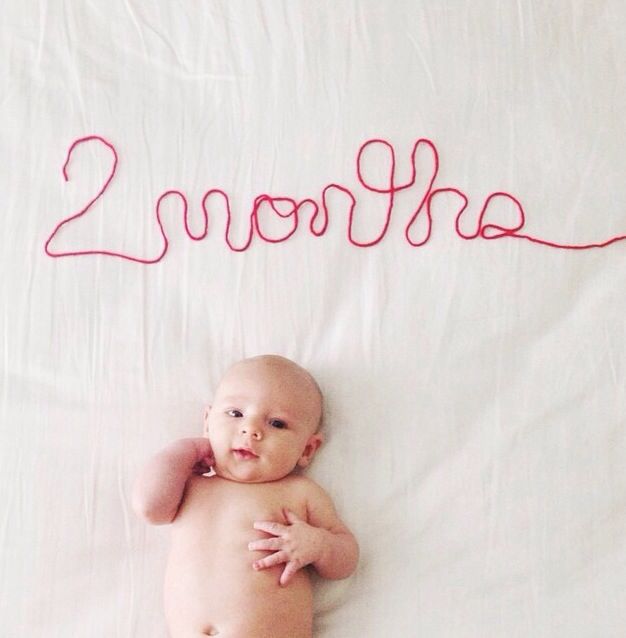 It is likely that the child already knows which foods he likes and which he does not. If he does not want to eat a dish, temporarily exclude it from the daily menu. nine0032
It is likely that the child already knows which foods he likes and which he does not. If he does not want to eat a dish, temporarily exclude it from the daily menu. nine0032 - sits only with back support or does not sit at all;
- does not try to get to his feet with support;
- cannot stand without support for even a few seconds;
- crawls only in a plastunsky way, does not crawl;
- does not distinguish relatives from strangers; nine0032
- does not respond to the name;
- shows no emotion;
- does not respond to various intonations.
- Do not force your 11-month-old baby to walk on his own and less often lead him by the hand. According to statistics, children who crawl on all fours for a long time have better posture and more developed hands. nine0032
- Choose quality shoes for your first steps. It is important to have a solid back, durable non-slip and flexible soles. This will help the correct formation of the child's foot and reduce injuries when walking.
- Teach your child to be independent. Let him try to dress, put away toys, eat with a spoon and even help adults around the house in the manner of the game.
Common problems
Things are not going smoothly at this age:
When they talk about lagging behind
In addition, you should consult with a pediatrician and other specialized doctors if the child:
Tips for the proper development of the child
It is important for parents to know how to behave properly with children at this age.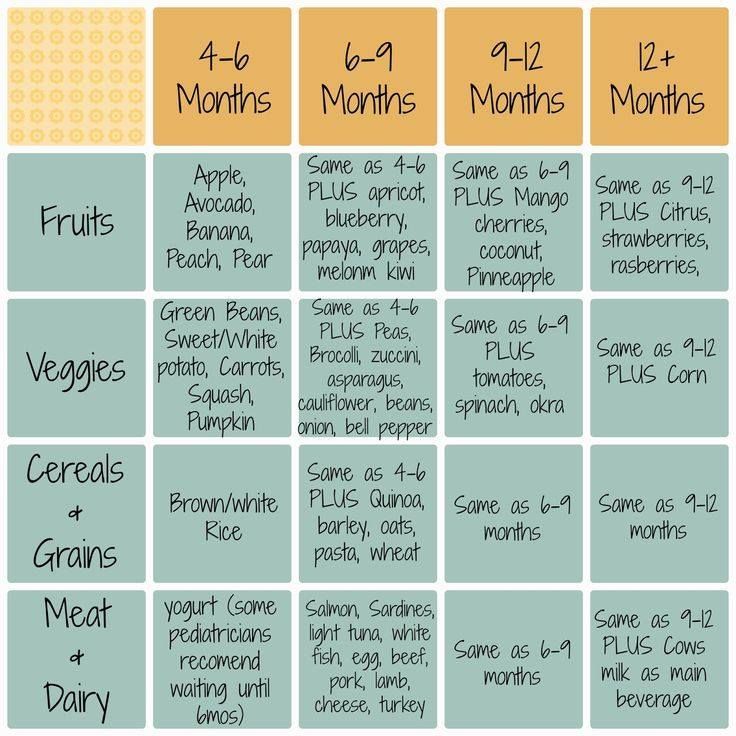
For the comfort and coziness of the baby at this age, it is important to choose the right clothes for him. It is necessary that it be sewn from natural fabrics, not hinder movements, and well transfer moisture from the body. It is important for mom that children's clothes are easy to wash and retain their appearance for a long time. Babies often get dirty, so the more sets of clothes you get, the better. You can order clothes for an 11-month-old baby without long shopping trips. Our site presents clothes for the little ones for any season and occasion. Delivery is carried out in all cities of Russia. nine0003
Babies often get dirty, so the more sets of clothes you get, the better. You can order clothes for an 11-month-old baby without long shopping trips. Our site presents clothes for the little ones for any season and occasion. Delivery is carried out in all cities of Russia. nine0003
← 10 month 12 month →
What should be able to be able to boys and girls
03/16/2021
Development of a child
9–18 months
Article
Team Babysleep
Team Babysleep
Consulters, doctors, psychologists, breastfeeding consultants
11 months - a serious age: the child wants to help you in everything. Do not skimp on tasks - let him wash vegetables, dust, put things in the washing machine. No, this is not the exploitation of child labor;), this is the stimulation of the development of the baby. Find out more about life with an 11-month-old baby in this article. nine0003
Baby's crisis calendar
Contents
In this article:
Baby's height and weight at 11 months
Skillful hands: developing hand skills at 11 months
Baby's physical development at 11 months 901 baby at
Mental development Massage at 11 months
Speech development at 11 months
How to play with your baby at 11 months
Toys for your 11 month old
How sleep and development interact
All children are different.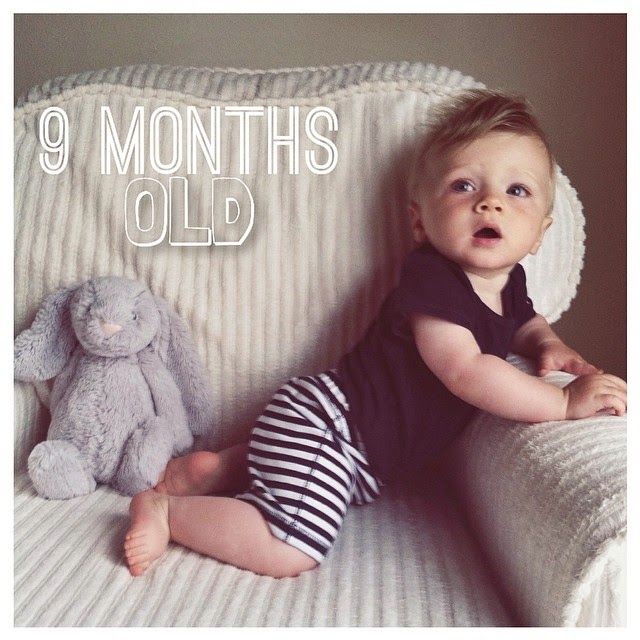 Even twins often have different rates of development. Any tables and norms can only serve as a guide. Hardly anyone can feel a child better than a mother and know what and when he needs.
Even twins often have different rates of development. Any tables and norms can only serve as a guide. Hardly anyone can feel a child better than a mother and know what and when he needs.
Height and weight of a child at 11 months
When an eleven-month-old baby asks to be held, many parents begin to think about how to raise their child without harm to health. The main thing is to take care of your back: to lift a child, for example, from the floor, do not bend at the waist, but bend your knees. nine0003
What are the average weight parameters at 11 months?
Child's height at 11 months
During the eleventh month, children grow on average by 1.2 cm .
These charts were developed by the World Health Organization (WHO) in a study of boys and girls around the world. Based on measurements of growth in full-term infants who are breastfed at least up to 6 months.
Natalya Trofimova
Senior sleep consultant, pediatrician
The norms of height and weight in children are very wide, depending on the term of delivery and birth weight, type of feeding.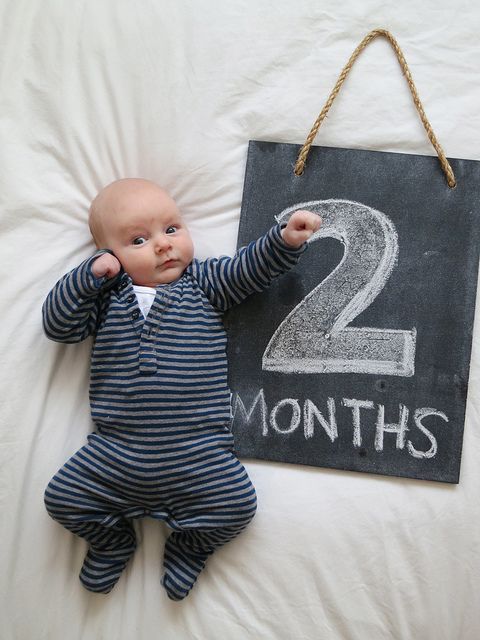 It is optimal when the height and weight indicators are in the same column-corridor (“medium”, “low”, “above average”, etc.) or in neighboring ones. The attention of the pediatrician is required when both indicators are in the extreme columns, or the difference between the corridors of values is 3 or more (for example, weight and height in the first percentile corridor is “very low” or weight in the first is “very low”, and height in the fifth is “higher than average"). nine2 Weight of an 11-month-old child
It is optimal when the height and weight indicators are in the same column-corridor (“medium”, “low”, “above average”, etc.) or in neighboring ones. The attention of the pediatrician is required when both indicators are in the extreme columns, or the difference between the corridors of values is 3 or more (for example, weight and height in the first percentile corridor is “very low” or weight in the first is “very low”, and height in the fifth is “higher than average"). nine2 Weight of an 11-month-old child
An 11-month-old child gains an average of 240 grams in weight. But the increase can be either more or less than the average value. It is worth visiting a pediatrician if the baby adds less than 50 grams per week.
Shulamith Volfson
Pediatrician with more than 18 years of experience
It is worth remembering the difference in gains between breastfed and artificially fed children. And also that in the second half of the year weight gain slows down noticeably compared to the first half of the year, this is normal for both breastfed and formula-fed babies.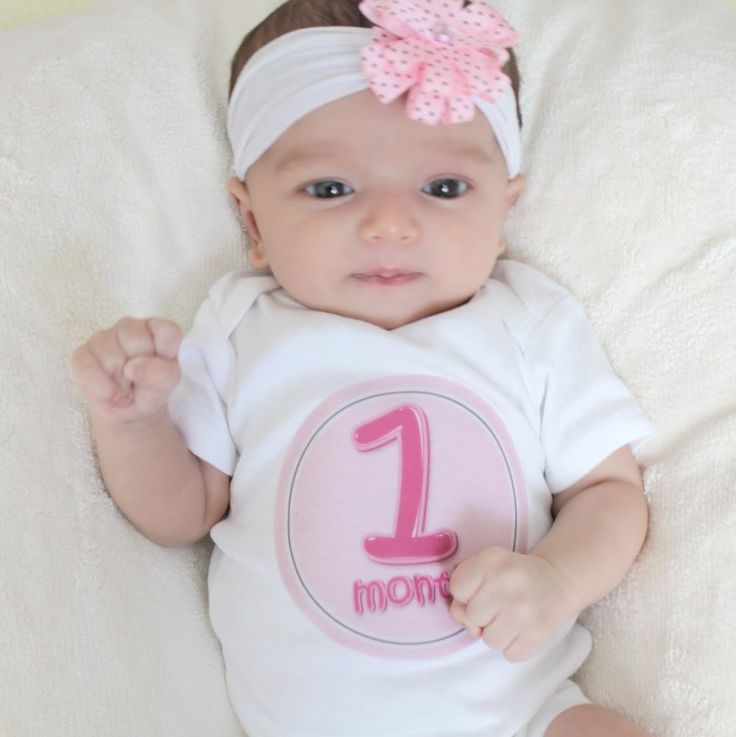 nine0005
nine0005
The kid continues to develop the ability to play with two objects at the same time and is getting better at building towers from cubes. With interest, he tries on the geometric shapes of the sorter for holes of various shapes.
Physical development of a child at 11 months
By the age of one, many children already have 8 teeth. But if your baby's first teeth appeared recently, then he may have fewer of them.
The child wants to climb everywhere. Provide him with safety by eliminating the possibility of climbing to a height, a fall from which could be dangerous to the life and health of the baby. nine0003
Parents are worried this month:
My baby still can't walk on his own. Maybe use a walker?
Most children are already trying to walk, some even on their own, but others still with support. And that's okay. The kid rises on his fingers, can squat down. Baby walkers are generally not needed. They rather even relax the baby and do not teach caution at all, because with a walker he always has support. And it is important for him to learn how to balance, stand firmly on more and more physically developed legs and take the first steps on his own, so that later he can run without falling. nine0003
They rather even relax the baby and do not teach caution at all, because with a walker he always has support. And it is important for him to learn how to balance, stand firmly on more and more physically developed legs and take the first steps on his own, so that later he can run without falling. nine0003
Call your doctor if your baby shows no interest in walking by the age of one.
Mental development of a child at 11 months
At this age, kids love music and dance. Some may drink from a cup and begin to use a spoon quite well.
Just a couple of weeks ago the child went through a developmental leap of 10.5 months, and now in a couple of weeks he will enter a new leap of one year. As a result, he will learn to complete tasks, set goals on his own and plan actions to achieve them. nine0003
This means that, having heard the words “now we will do the cleaning”, the baby will imagine a sequence of actions: mother will take a broom, sweep the floors, then wet the rag and wash them.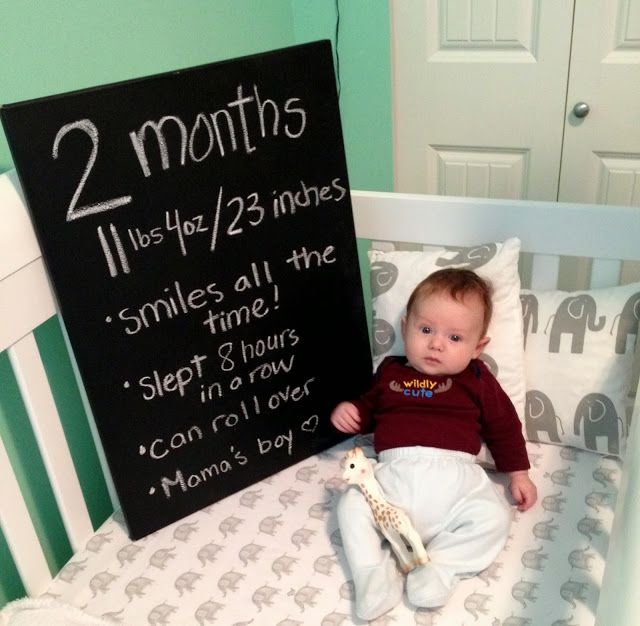 It is very likely that the baby will even go for a broom to give it to his mother.
It is very likely that the baby will even go for a broom to give it to his mother.
You can help your child develop independence by letting him play as your au pair. While cleaning, give him a cloth to wipe the dust, ask him to put his pajamas in the washing machine while preparing dinner, give the baby a bowl of warm water in which the baby can wash the vegetables. nine0003
Pay attention to the doctor if by the age of one the baby does not show interest in small objects, pictures in the book, does not respond to his name .
Massage of a child at 11 months
At the eleventh month, we continue to use stroking, rubbing, kneading and vibration techniques in massage, as well as perform simple exercises (“bicycle”, crossing the arms on the chest, etc.).
An increasingly mobile and developed baby can be difficult to keep in place even for five minutes. Try to captivate him with play rhymes, invented specifically for baby massage. For example:
For example:
Rain, rain, pour, pour, pour
on me and people!
A spoonful for people,
crumbs for me.
(tap the index finger on the shoulders and back)
The rain will be stronger,
the grass will be greener.
Rain, rain, pour, pour, pour
on me and on people!
(quietly drum with all fingers on the shoulders and back)
And water our garden
all year round. nine0003
(try to drum on the sides where it tickles)
Find out more play massage rhymes from our article.
Speech development
As a rule, it is at eleven months that babies begin to pronounce meaningfully their first words. This was preceded by stages of babbling, onomatopoeia, and understanding of the parents' speech.
By the age of one, the baby is physically able to say a few short and simple words. The names of objects are best learned. The child can even bring them at the request of adults and wait for approval.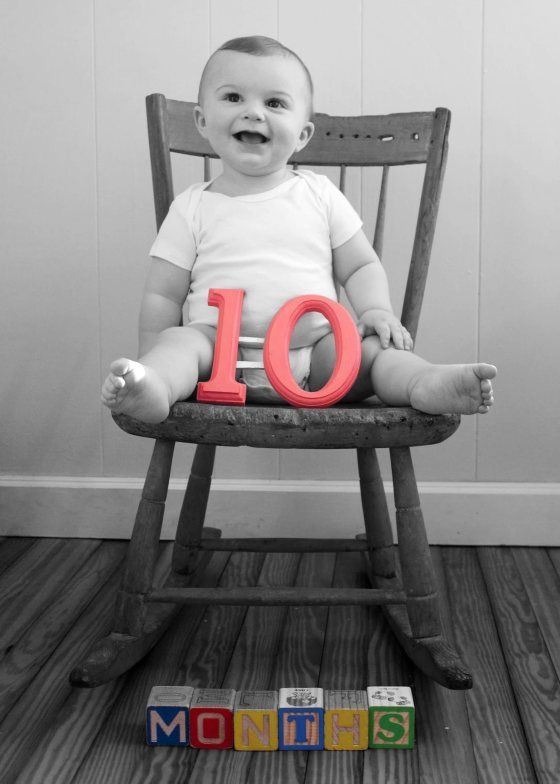 Give him small assignments more often and praise him. nine0003
Give him small assignments more often and praise him. nine0003
How to play with an 11 month old baby
1. Playing with paper . Develops musical and rhythmic perception and fine motor skills.
Take a sheet of paper for yourself and another for the child. Sing the song and show your child the appropriate paper actions.
I rustle paper, I hold it in my hands.
I crumple paper like that, I play with paper.
Shushushushu, I rustle with paper.
I tear the paper, I throw it on the floor.
I’ll put it on my palm and now I’ll start blowing it off. nine0184 (we put small pieces of paper on the palm of our hand and blow them so that they fly apart)
And now I'll pack everything and then I'll go for a walk.
And now I collect everything, I roll everything into a ball.
Here I roll a lump, here I play with paper.
2. Hole game .
Take jars with lids, cut holes of various sizes in cardboard boxes. Show your child that you can put cubes, beads, balls into them. And pencils will easily fit into a plastic bottle. Stay close, the baby can still put small objects in his mouth. nine0003
Show your child that you can put cubes, beads, balls into them. And pencils will easily fit into a plastic bottle. Stay close, the baby can still put small objects in his mouth. nine0003
Read more about 11 month old PEKIP play.
Toys for an 11 month old baby
Baby is almost a year old! You can give him the first puzzles in his life (the simplest ones are in two parts). And, of course, all kinds of sorters.
How sleep and child development interact
At 11 months, most babies need 13-14.5 hours of sleep a day. Of these, 2-2.5 hours fall on daytime sleep. There are still two of them, but the first signs of a transition to one daytime sleep may appear. If you're having trouble getting into one or both of them, or if your nighttime naps get worse with trouble-free, long naps, try shortening one of your daytime naps. nine0003
Read about the peculiarities of night and daytime sleep of an eleven-month-old baby in our service: “A child's sleep month by month”.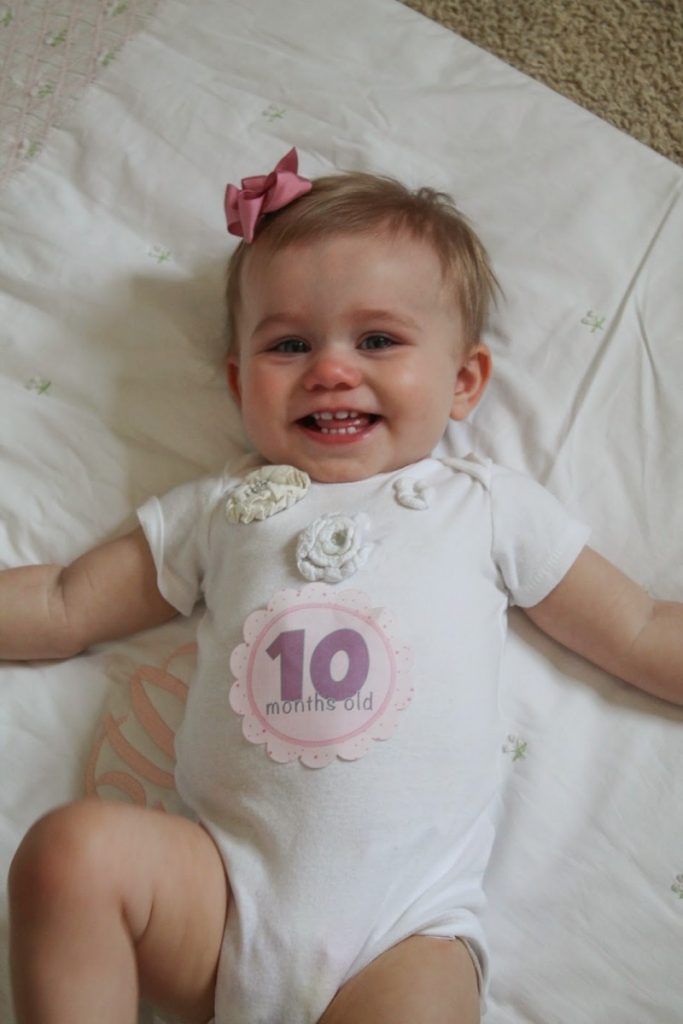
Frequent question for BabySleep this month
Mom:
“Today, 2 sleeps, in total no more than 2.5 hours (tried to move in different ways, prolonging and shortening, as a rule, the second sleep). At night at 19:00–19:30, rise at 6–6:20. The first time of wakefulness 3:30 (sometimes I pull if I got up at 5 am, before 4 o'clock), the second WB 3:45, before a night's sleep 3:45–4:00 (to go to bed no later than 19:30–19:45, otherwise, when getting up at 6 am, sleeps less than 11 hours). The first dream is 1:20–1:30, the second is 1:00 (either wakes up or wakes up on its own). Recently, care for daytime sleep has deteriorated (sometimes you just can’t get to bed) and night sleep: early rise at 5 in the morning, restless sleep in the first hours after bedtime, and also walks at night for 1–1.5 hours.
A couple of weeks ago I had similar problems, increased WB and shortened the second sleep to 1 hour. I slept at night without “partying” and woke up after 6 in the morning.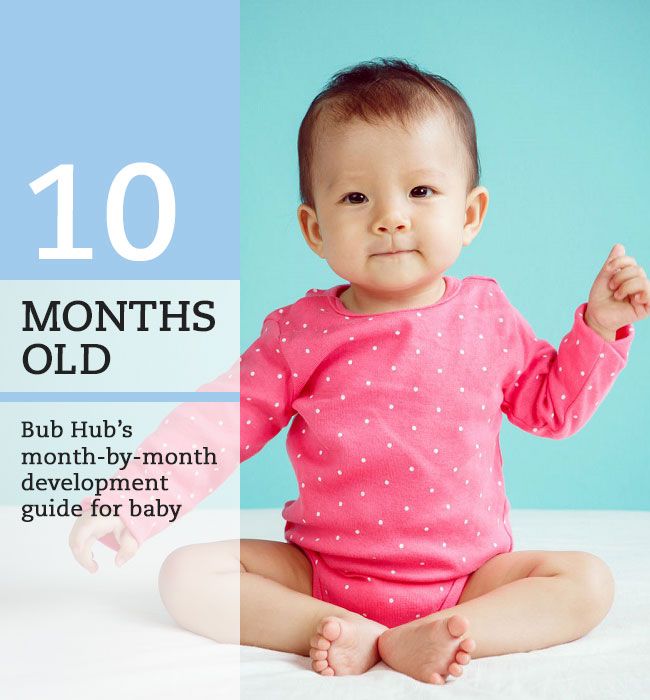 Now the problem has returned. Again it became difficult to put him on daytime sleeps, he walks at night (does not play, but simply does not sleep), gets up at 5 in the morning. I know about a possible transition to 1 dream, a jump in development. Also cutting teeth. I'm afraid of fatigue. What can be done in this situation so that night sleep does not suffer? nine0003
Now the problem has returned. Again it became difficult to put him on daytime sleeps, he walks at night (does not play, but simply does not sleep), gets up at 5 in the morning. I know about a possible transition to 1 dream, a jump in development. Also cutting teeth. I'm afraid of fatigue. What can be done in this situation so that night sleep does not suffer? nine0003
CONSULTANT'S ANSWER
Polina Markelova
Head of counseling department, TOP sleep consultant
Most likely, this is the beginning of the transition to one sleep. And if the child's WB has grown and at the usual time he resists sleep, then there is only one way out - to slowly lengthen the WB in the morning, to look for that time and that level of physical activity, after which the child falls asleep best. And then there are options. If it turns out that the WB needs to be lengthened quite a bit, then it may be enough to shorten the first dream a little: because of this, the second WB will shrink a little and it will be easier to put it on the second dream.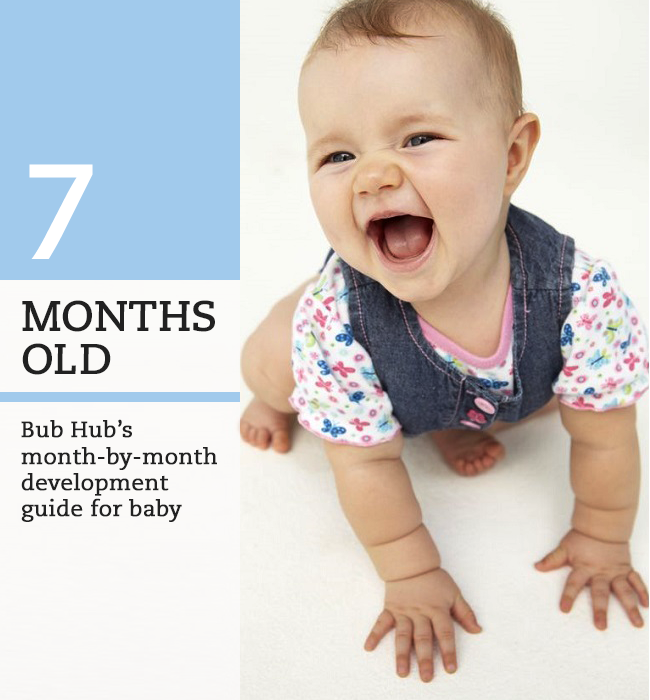
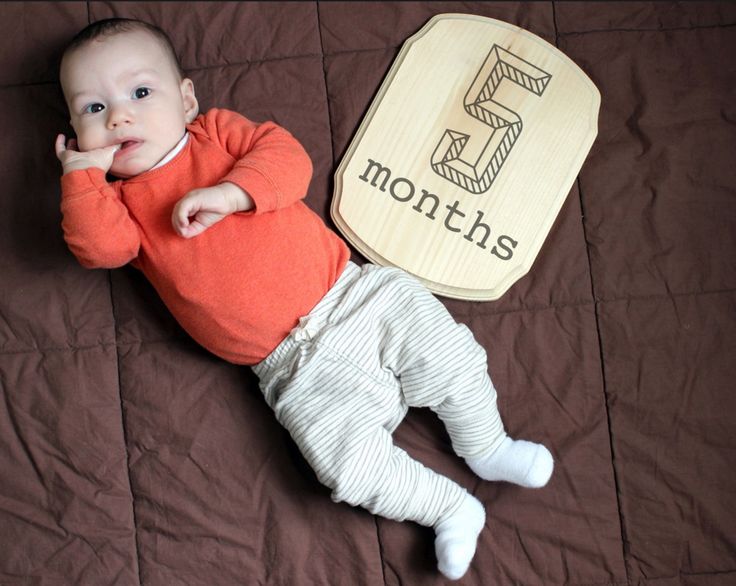 00
00 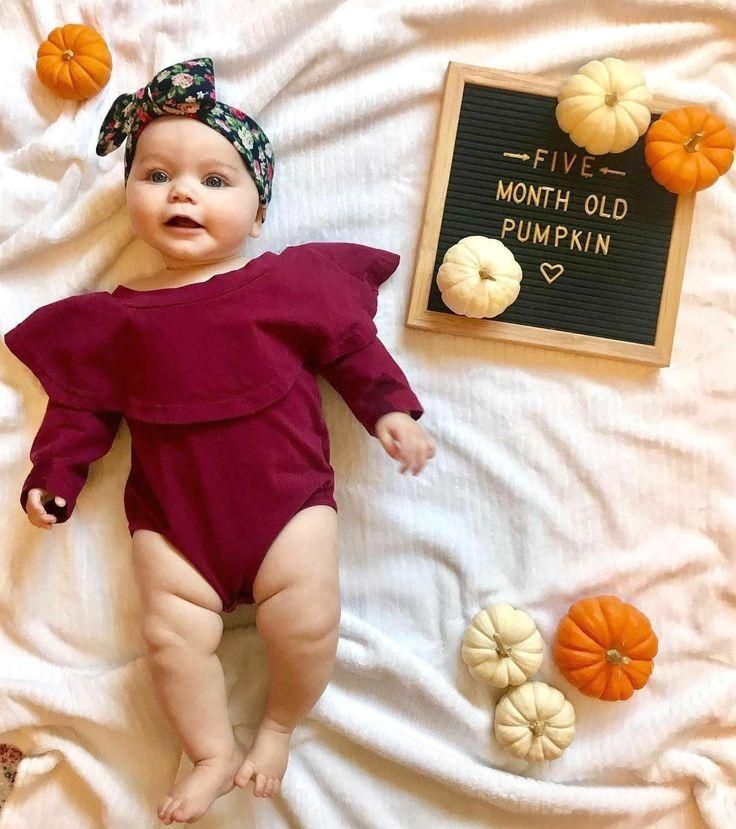 00
00 
